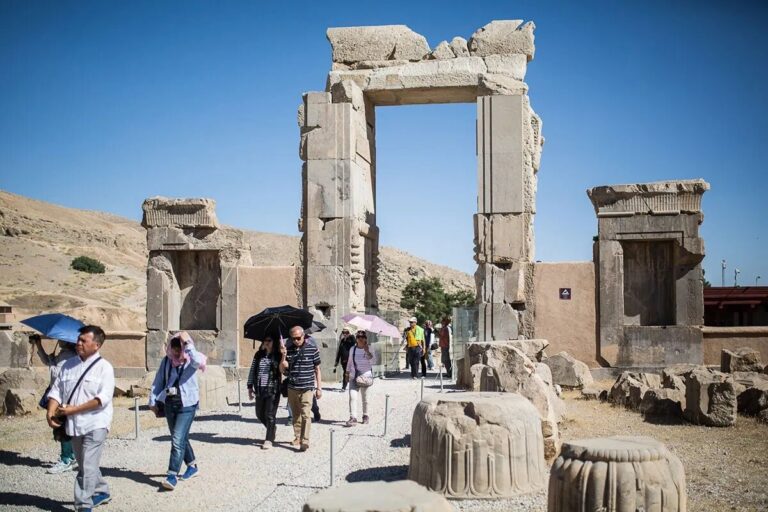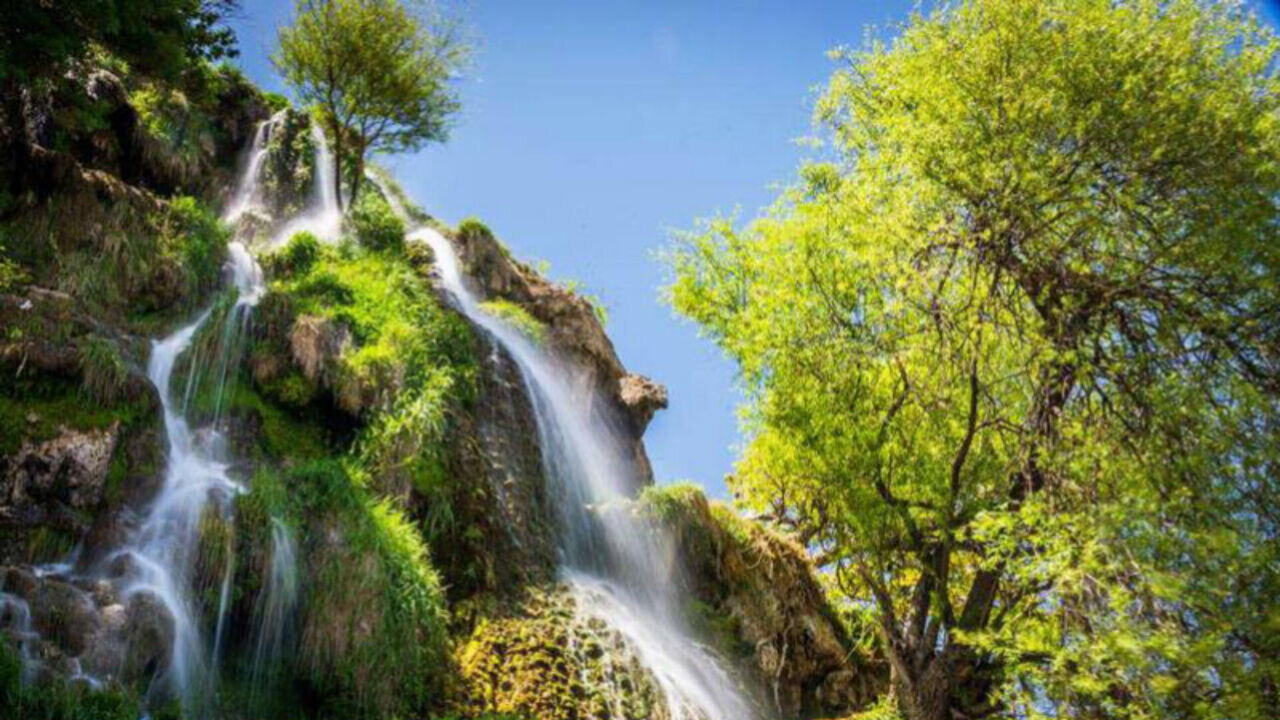
Similar Posts

Discover the Splendor of Hasht Behesht Palace: A Gem of Safavid Architecture!
The Hasht Behesht Palace, located in Isfahan, is a stunning example of Safavid architecture and one of the last royal residences of the Safavid kings. Completed in 1669, its octagonal design features four unique façades and an exquisite “Pearl Pool” at its center. Originally part of the Naghsh-e Jahan Garden, the palace reflects the opulence of its era, housing eight wives of Shah Abbas. Renowned for its intricate tiling and decorative splendor, it remains a significant cultural landmark. Today, it is easily accessible and serves as a captivating destination for visitors exploring Iran’s rich historical heritage.
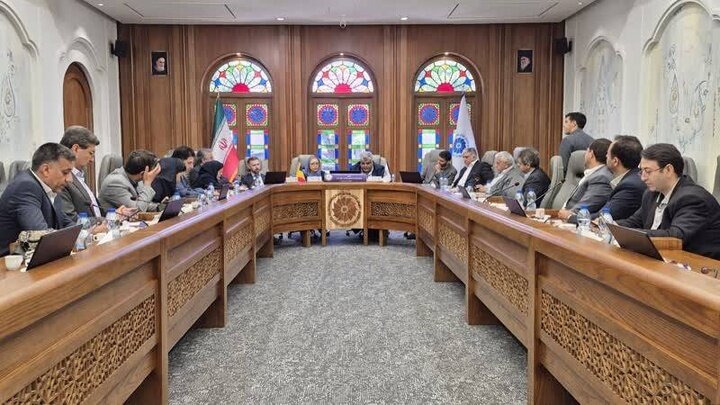
Iran and Romania Explore New Avenues to Strengthen Cultural Ties in Yazd
On May 11, a meeting between Romanian Ambassador to Iran, Mirela Carmen Greco, and Yazd Chamber of Commerce officials aimed to enhance tourism cooperation and cultural ties between Iran and Romania. Discussions focused on promoting cultural exchange, identifying tourism opportunities in heritage, eco-, and religious tourism, and emphasizing the need for investment in tourism infrastructure. Plans for joint marketing campaigns and potential cultural festivals were proposed to attract visitors. Both parties highlighted tourism’s role in fostering economic growth, cultural understanding, and diplomatic relations. With shared objectives, Iran and Romania are set to embark on a collaborative tourism journey.
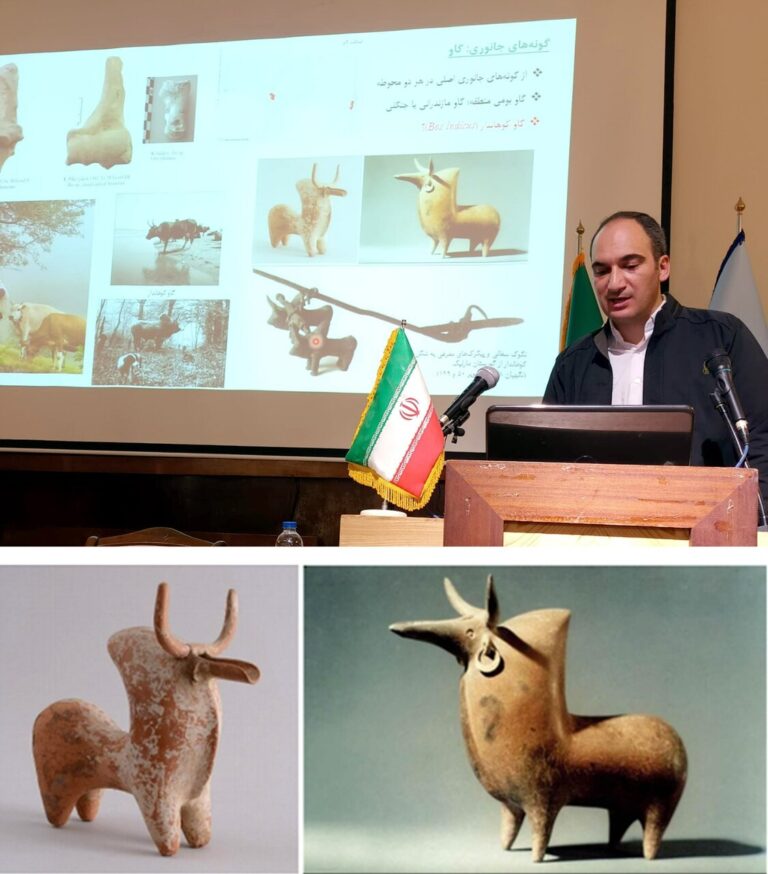
Iron Age Insights: National Museum Study Unveils Herding and Hunting Lifestyles
Recent research by the National Museum of Iran has revealed significant insights into animal exploitation during the Iron Age in Gilan province (1500-550 BC). Led by Dr. Marjan Mashkour and Dr. Hossein Davoudi, the study analyzed animal bones from the archaeological sites of Pila Qal’eh and Jalaliye. Findings indicate that domesticated species like sheep, goats, and cattle were crucial to the local economy, while hunting supplemented food sources. Variations in animal proportions between sites suggest adaptations to environmental conditions. The ongoing research aims to integrate findings with studies of plant remains, enhancing our understanding of ancient life in the region.
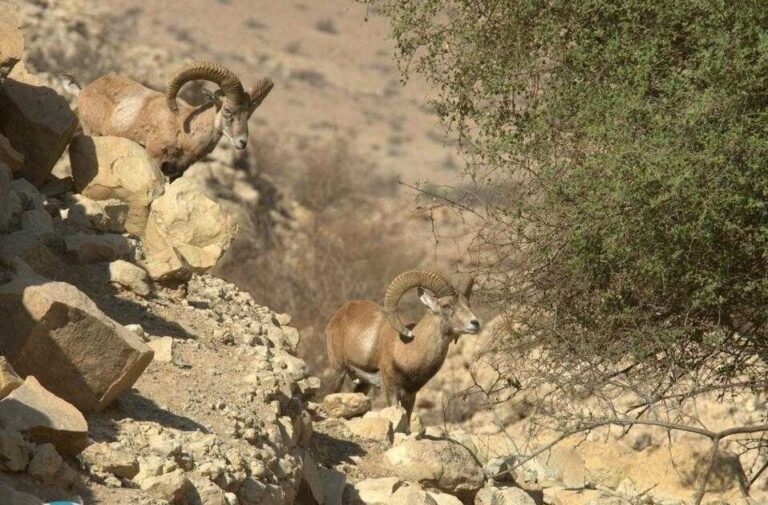
Discover Lar’s Unique Ecotourism Gem: $100,000 Miniature Rams Steal the Show!
In 1906, Russian zoologist Nikolai Nasonov identified the miniature ram, one of the smallest and rarest wild sheep species, weighing 25-40 kg. Found primarily in Larestan, Iran, these rams thrive in extreme heat and have a lifespan of 10-12 years. The Hormod Protected Area, established in 1973, spans 210 hectares and serves as a sanctuary for these rams. Hunting licenses are costly, often sought by foreign collectors. Despite limited tourism facilities, the area has significant ecotourism potential due to its rich biodiversity, including unique habitats and species, highlighting the need for conservation efforts to protect this remarkable animal.
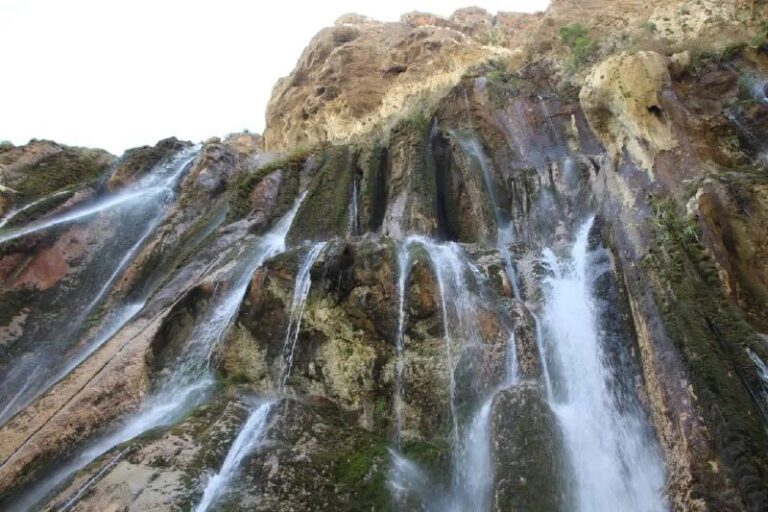
Fars Officials Set to Launch Sepidan as Premier Tourism Destination
Sepidan, located in southern Iran’s Fars province, is emerging as a promising tourism hotspot due to its stunning landscapes, rich culture, and favorable climate. Just 65 kilometers from Shiraz, it boasts lush mountains and vibrant springs, attracting both domestic and Gulf Arab tourists. The region is known for its southernmost ski resorts and potential for ecotourism, with local villages ready to welcome visitors. Governor Ali Alizadeh emphasizes the need for investment to enhance tourism services and boost the local economy. Despite challenges, Sepidan’s appeal is evident, having attracted over two million visitors during the recent Nowruz holidays.
